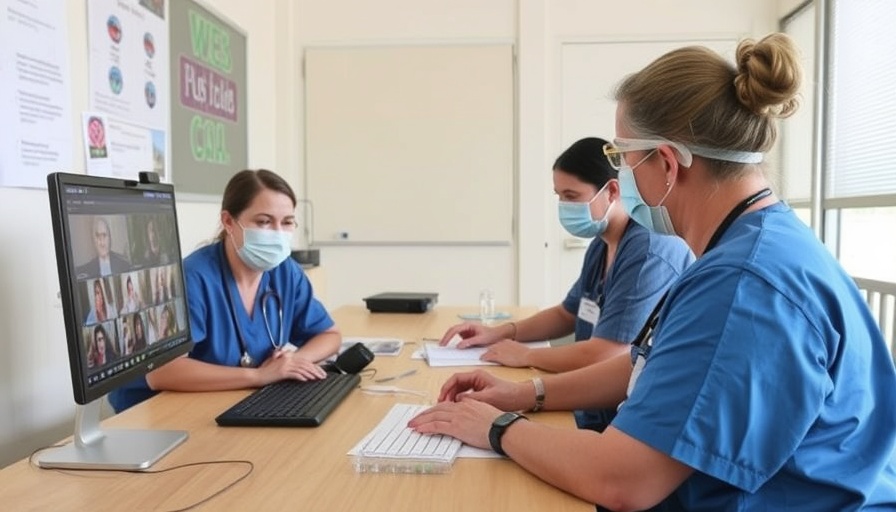
Introduction to Telesurgery and Its Significance
As healthcare systems worldwide grapple with rural healthcare access, a pioneering telesurgery initiative is being launched in Central Queensland, Australia. The Central Queensland Hospital and Health Service (CQHHS) is set to provide medical professionals with a revolutionary telesurgery platform enabled by Teladoc. This innovative service will offer remote surgical support, accelerating the training for surgical residents while enhancing procedural collaboration.
Support from Technology Enhances Community Care
The introduction of the telesurgery platform is aimed at addressing barriers to surgical access and providing expertise that rural professionals often lack. Christina McInally, telehealth coordinator at CQHHS, highlights the value of support systems for clinicians: "The most exciting thing about this is clinicians feeling supported... they have someone to call and know that what they are doing is the right thing." This statement encapsulates the platform's essential role in fostering a supportive environment that contributes not only to learning but also to community well-being.
Challenges of Implementation: Bridging the Gap with Business Leaders
However, the transition to telesurgery is not without challenges. Many surgeons are accustomed to hands-on practices, as McInally points out, emphasizing the need to reassure them about the efficacy of virtual assistance. The shift towards remote guidance may require initially overcoming skepticism, yet the long-term benefits promise better support for on-site clinicians.
Enhancing Efficiency While Reducing Patient Transfers
With the telesurgery platform in place, CQHHS anticipates a decrease in unnecessary patient transfers, thereby improving patient care efficiency. Dr. Andrew Scott, a rural generalist at CQHHS asserts, "If we can provide care in flexible and innovative ways, the patients will get the care sooner..." By allowing local practitioners to receive real-time guidance, this system ensures timely medical attention while cutting down travel times, associated risks, and financial burdens for families.
Retaining Workforce Through Collaborative Tools
The telesurgery initiative goes beyond immediate healthcare needs; it plays a crucial role in retaining healthcare professionals in rural areas. McInally suggests that enhanced procedural collaboration will help keep skilled staff engaged. As the healthcare landscape continues to evolve, technologies like telesurgery offer substantial potential for retaining talent while simultaneously improving patient outcomes.
Conclusion
Telehealth innovations such as the telesurgery platform in Central Queensland represent a meaningful shift towards modernizing rural healthcare delivery. By fostering collaborative environments, improving clinical support, and enabling efficient patient management, the CQHHS initiative is paving the way for a brighter future in rural healthcare.
Taking advantage of these emerging technologies not only supports patients and providers but signifies a commitment to continuous improvement in healthcare systems, ensuring that communities are not left behind.
 Add Row
Add Row  Add
Add 




Write A Comment